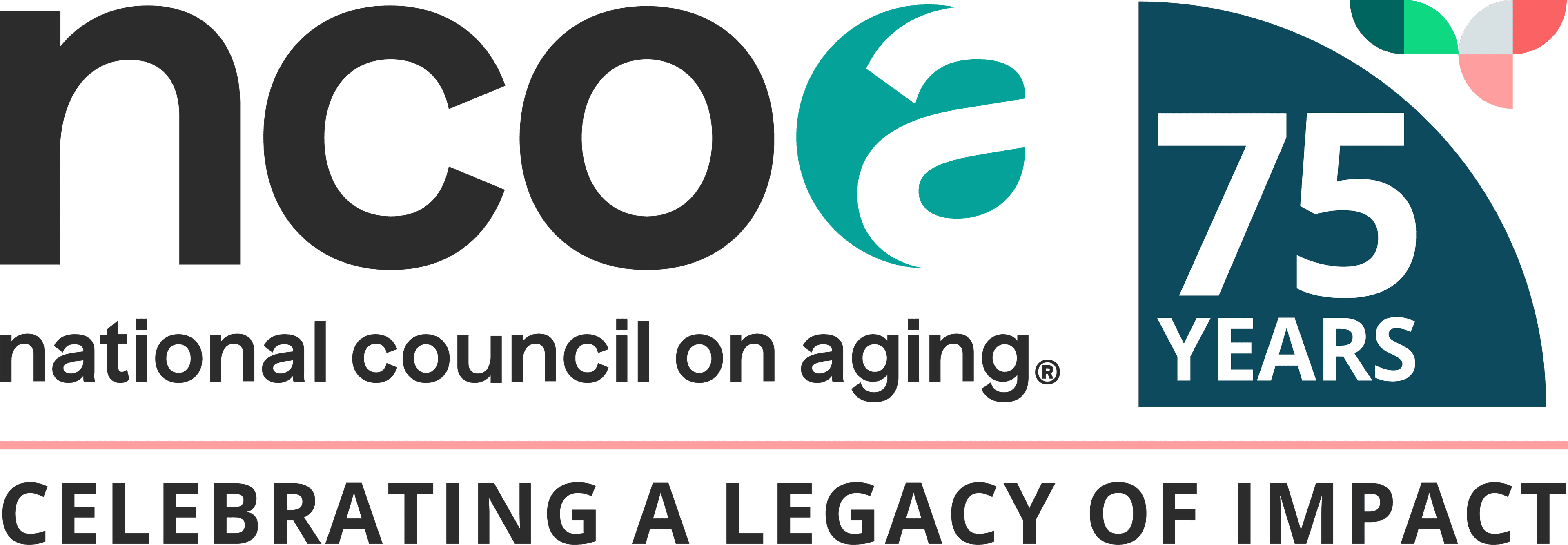Building Effective Newsletters for Evidence-Based Programs: Best Practices and Common Pitfalls
2 min read

Creating a newsletter is a great way to keep your partner organizations and trainer network informed, engaged, and motivated. Your organization's newsletter can serve as a powerful tool to support falls prevention implementation sites and leaders in their work. Here are some best practices and common pitfalls to consider when developing a newsletter for your evidence-based program:
How to create engaging newsletters
- Provide opportunities for engagement. Invite feedback, questions, or contributions (e.g., “Share your story” or “Submit a photo”). Encouraging active participation from your network not only strengthens community ties but also makes the newsletter more dynamic and relevant. When readers see themselves or their peers featured, they feel more connected and valued.
- Use plain language. Plain language is a communication style that ensures your message is clear, direct, and easy to understand. Avoid using acronyms, jargon, and technical terms (i.e. use “balance issues” or “trouble keeping your balance” instead of “postural instability”).
- Spotlight success stories. Showcasing the positive impact of your evidence-based programs helps to build trust, strengthens community bonds, and encourages ongoing engagement. Your newsletter can create a sense of connection and inspiration by bringing the work to life through real stories, shared experiences, and collaboration. 2022 ACL Falls Prevention grantee, Appalachian State University, distributes the High Country Fall Prevention Monthly Newsletter, which highlights local instructors and participants, along with a community spotlight. View examples of their newsletters from February and March of 2024.
- Be consistent. Send newsletters regularly (e.g., monthly, bi-monthly, or quarterly) so your readers know when to expect them and stay engaged.
- Highlight learning opportunities. Share downloadable resources and links to professional development opportunities such as upcoming courses, webinars, certifications, or workshops that can help them stay up-to-date.
Common challenges to creating effective newsletters
- Avoid information overload. Too much content in one issue can overwhelm your readers. To help break things up, and to keep your newsletter from feeling like one big block of text, limit paragraphs to three or four lines and incorporate white space between sections, paragraphs, and images.
- Make your content visually engaging. Stick to a clean, simple layout and use different fonts and colors wisely. When using colors, avoid overusing bright or clashing colors that are too close in hue (i.e. red and pink). To add authenticity to your newsletter, include high-quality photos of real workshop participants, instructors, or events.
- Don’t forget to proofread. Typos, grammatical errors, or broken links can reduce the credibility of your newsletter. Always proofread before sending it out—and it never hurts to have a colleague double check your work.
- Don’t be too promotional. Avoid making your newsletter come across like a sales pitch. Instead, focus on two to four meaningful topics per issue that offer real value to your audience, like helpful tips, success stories, or practical resources, rather than solely promoting events or trainings.
- Ensure a consistent tone and voice. Tone refers to the emotional quality of your writing (e.g., friendly, professional, casual, enthusiastic), while voice is your newsletter’s personality. Using an inconsistent tone and voice can confuse your audience, weaken your message, and make the communication feel disjointed or unprofessional. Your newsletter should feel like the same “person” is speaking throughout. For example, if you start with “we” to represent your organization, keep using it. Avoid switching randomly between “we,” “our team,” or “the organization.”
Sources
- Newsletters. Purdue Online Writing Lab. Found on the internet at https://owl.purdue.edu/owl/general_writing/personal_correspondence/newsletters.html



